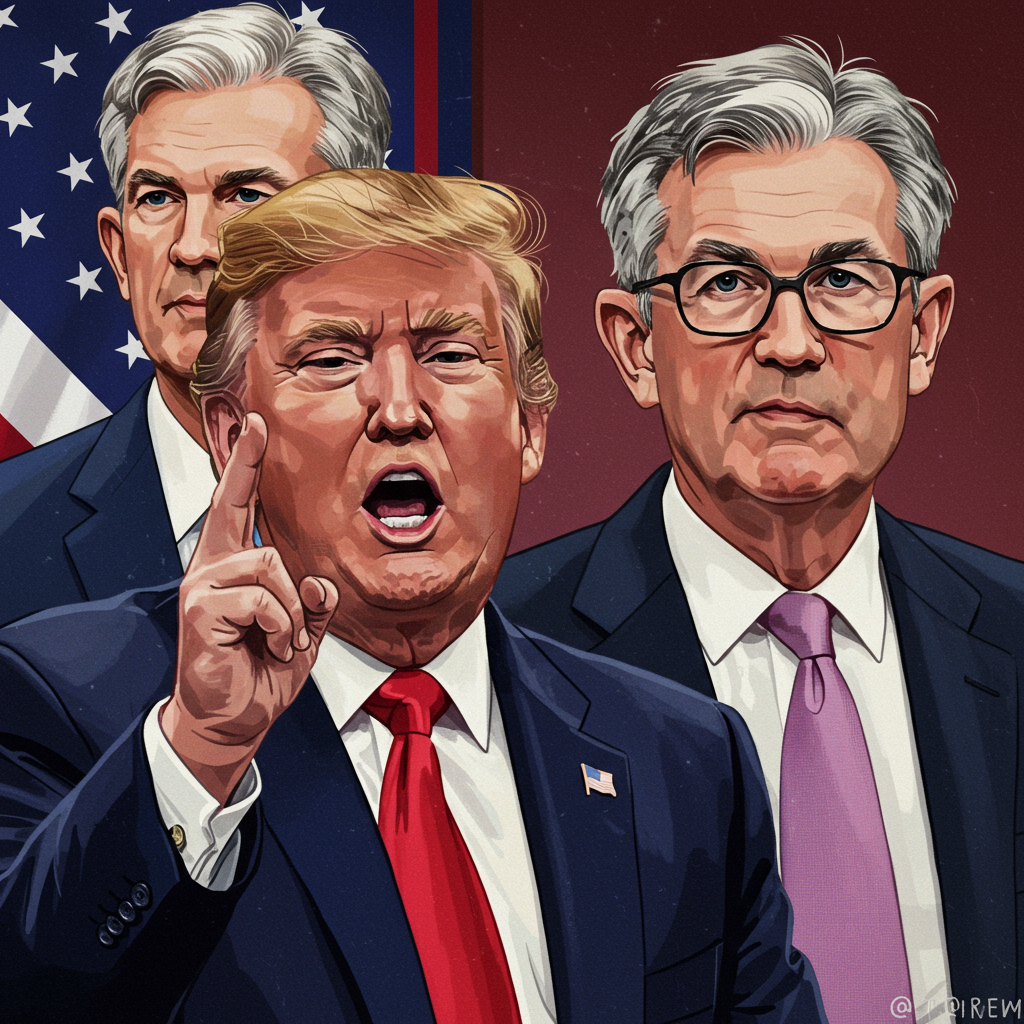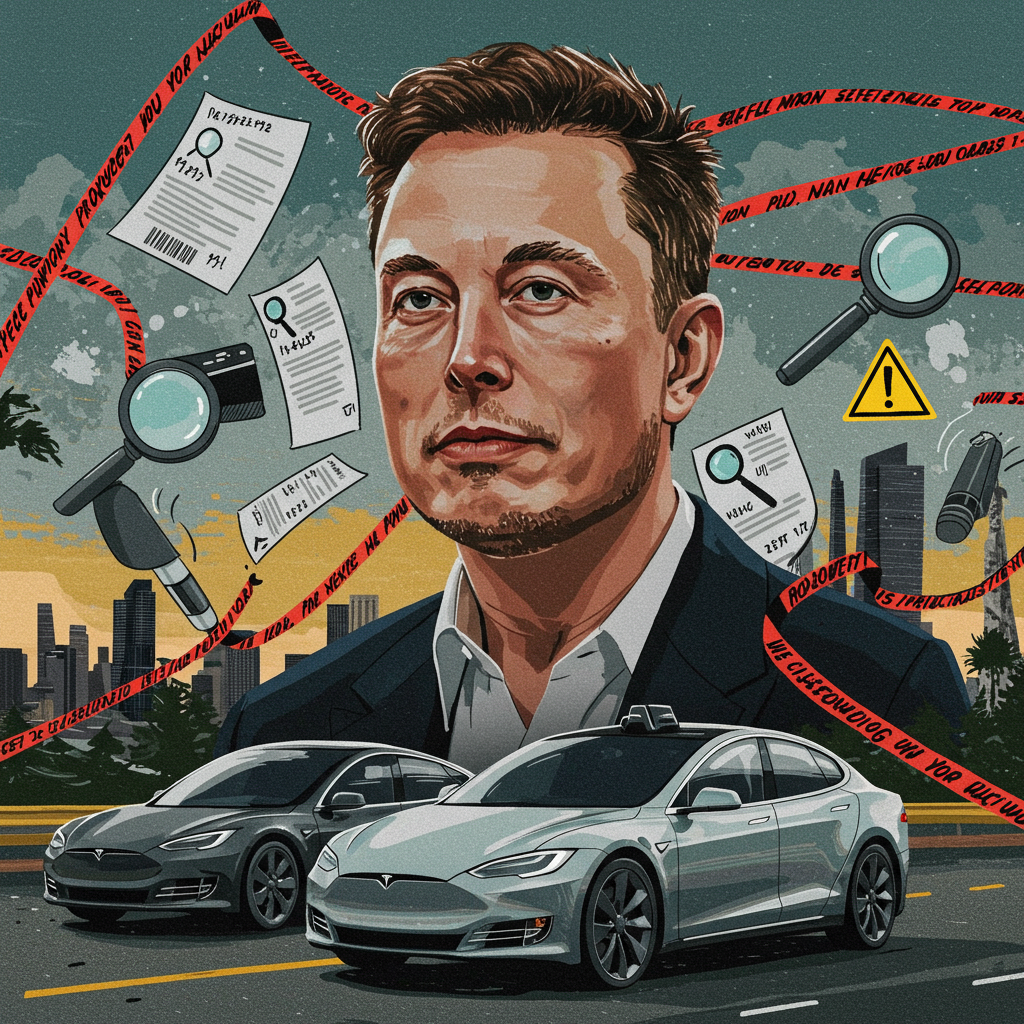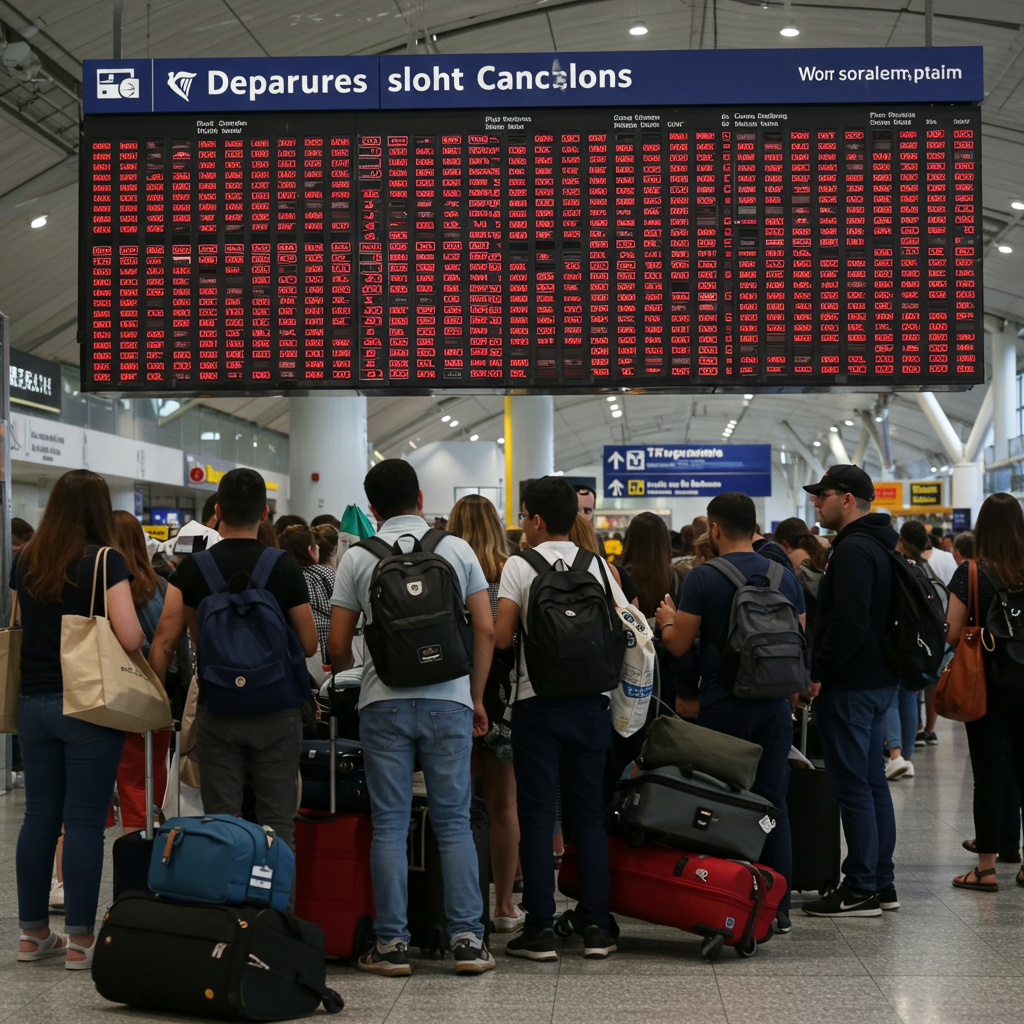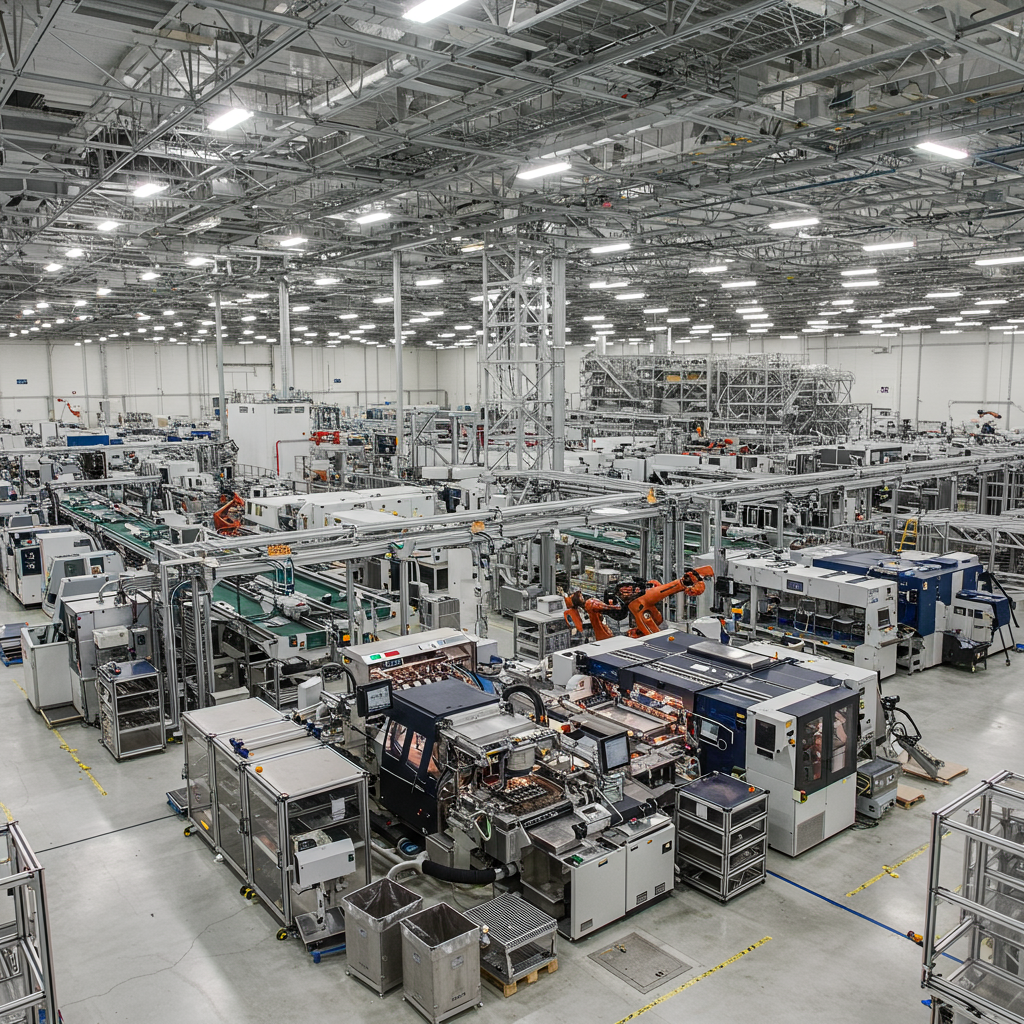Donald Trump has issued a clear demand for the future leadership of the Federal Reserve: the next chair must be willing to significantly cut interest rates. This directive intensifies his ongoing conflict with current Fed Chair Jerome Powell, whom Trump appointed but now heavily criticizes. The former president’s stance introduces significant political pressure into discussions about the nation’s monetary policy direction, impacting everything from borrowing costs for businesses and consumers to the stability of financial markets. As speculation builds around potential replacements for Powell, whose term concludes in May 2026, Trump’s condition sets a specific agenda for the central bank’s critical role in the economy.
Trump’s Pressure for Lower Interest Rates
President Trump has not hidden his deep frustration with Jerome Powell. He has launched scathing attacks, calling Powell “terrible” and questioning his intelligence with remarks like “average mentally” and having a “low IQ for what he does.” Trump views the current level of interest rates as excessively high and financially damaging. He argues that these rates cost the federal government hundreds of billions of dollars in interest payments, a cost he believes is unnecessary and hinders economic growth. This criticism stems from a consistent demand for the Fed to adopt a more aggressive approach to lowering borrowing costs, diverging sharply from the cautious “wait-and-see” stance the central bank has maintained.
Trump’s insistence that his chosen Fed chair must be committed to cutting rates underscores his desire to reshape the central bank’s policy direction. He sees lower rates as a key lever for stimulating the economy and reducing government debt burdens. His public statements make it clear that compliance with this objective will be a prerequisite for anyone hoping to lead the institution responsible for managing the nation’s money supply and credit conditions. This sets up a potential clash between political objectives and the Fed’s traditional role as an independent entity focused on dual mandates of price stability and maximum employment.
The Search for a New Fed Leader
Despite Jerome Powell’s term extending until May 2026 and his renomination by President Biden, Donald Trump is actively looking ahead. Trump has indicated that he has already narrowed down his potential candidates to a list of “three or four people” he is considering for the top position. His expressed anticipation for Powell’s term to end highlights the depth of their disagreement on economic policy.
Speculation about a potential replacement has been fueled by reports suggesting Trump might announce his choice significantly earlier than is typical. An announcement as early as September or October, or even possibly this summer, could create an unusual dynamic. This scenario, sometimes referred to as a “shadow Fed chair,” could give the nominee considerable influence on markets and economic expectations long before they formally take office. Such a move would break from historical norms and could introduce uncertainty into financial planning and investment strategies. While Trump signals readiness, a White House official recently stated that “No decisions are imminent” regarding a replacement, suggesting internal timing discussions or a desire to manage expectations. This contrast between Trump’s public posture and official White House messaging adds another layer of complexity to the situation.
Potential Candidates and Internal Fed Dynamics
Reports have circulated regarding individuals potentially under consideration for the Fed chair role under a Trump presidency. These names reportedly include former Fed governor Kevin Warsh, National Economic Council director Kevin Hassett, Treasury Secretary Scott Bessent, former World Bank President David Malpass, and current Fed governor Christopher Waller. Each candidate brings a different background and set of economic perspectives, which would likely influence their approach to monetary policy and interest rates.
Adding to the complexity is the internal debate within the Federal Reserve itself. While Chair Powell has maintained that it is premature to cut rates, citing concerns that tariffs could fuel inflation, some of his colleagues hold different views. Fed Vice Chair for Supervision Michelle Bowman and Governor Christopher Waller, both Trump appointees, have reportedly expressed less concern about the inflationary impact of tariffs. Bowman suggested considering a rate cut “as soon as the next meeting” if inflation pressures remain contained, aiming to support the labor market. Waller commented that tariffs might cause only a temporary “one-off” price increase, not a sustained inflationary trend.
Similarly, San Francisco Fed President Mary Daly anticipates the possibility of rate adjustments “in the fall.” Chicago Fed President Austan Goolsbee also suggested that rate cuts could resume if uncertainty decreases and inflation moves towards the Fed’s 2% target. These varying perspectives within the Fed highlight the lack of a monolithic view and suggest that the debate over the timing and necessity of rate cuts is active, even independent of external political pressure.
Market Reactions and Economic Factors
Financial markets have shown sensitivity to signals regarding interest rates and the future of the Federal Reserve leadership. Recent positive market movements, including increases in the Dow Jones, S&P 500, and Nasdaq, have been partly linked to growing optimism about potential future rate cuts. Factors contributing to this optimism include tentative geopolitical developments, the potential for less disruptive tariff rates than initially feared, and recent positive inflation data.
Analysts have explicitly connected market strength to the increasing odds of a Fed rate cut later in the year. While many economists initially predicted higher inflation due to tariffs impacting consumer prices, current data and some analyst views suggest potential mitigating factors. Lower oil prices, stable housing costs, and decreases in specific goods like eggs could offset the inflationary effects of tariffs for now. This suggests that the market’s focus remains heavily influenced by the prospect of reduced borrowing costs, interpreting recent signals from Fed officials and economic data as supportive of that outcome, despite the political backdrop.
Frequently Asked Questions
What is Donald Trump’s main criticism of Fed Chair Jerome Powell?
Donald Trump’s primary criticism of Federal Reserve Chair Jerome Powell centers on the Fed’s reluctance to lower interest rates. Trump believes current rates are too high, costing the government hundreds of billions in interest and hindering economic growth. He has used strong language, calling Powell “terrible” and questioning his mental capacity, reflecting his view that Powell’s cautious monetary policy is detrimental to the economy.
What factors are Federal Reserve officials considering regarding future interest rate cuts?
Federal Reserve officials are considering several factors. While Chair Powell is cautious due to potential inflation risks from tariffs, other officials like Bowman, Waller, Daly, and Goolsbee are more open to cutting rates soon. They assess incoming inflation data, the potential (and potentially limited) impact of tariffs on prices, the state of the labor market, and overall economic uncertainty. The goal is to move rates closer to a neutral setting if price pressures remain contained, supporting a healthy economy.
How might a potential early announcement of a new Fed Chair affect the markets?
An early announcement of a new Federal Reserve Chair nominee, potentially months before the current chair’s term ends, could create a “shadow Fed chair.” This could introduce uncertainty but also potentially influence market expectations significantly. If the nominee is known to favor rate cuts, markets might react positively, anticipating looser monetary policy sooner. However, the deviation from typical transition periods could also introduce volatility as markets adjust to the prospect of a leadership change and potential policy shift.
Conclusion
Donald Trump’s insistence on appointing a Federal Reserve chair committed to cutting interest rates is a significant development in the monetary policy landscape. This public demand sets a clear expectation for potential nominees and highlights the political pressure being applied to the historically independent central bank. While current Fed Chair Jerome Powell defends the cautious stance based on economic data and potential inflation risks from tariffs, some within the Fed appear more open to earlier rate cuts. The interplay between political objectives, internal Fed deliberations, and evolving economic indicators will continue to shape the outlook for interest rates and influence market confidence in the coming months. The selection process for the next Fed leader remains a critical focal point for anyone tracking the future direction of the U.S. economy.




